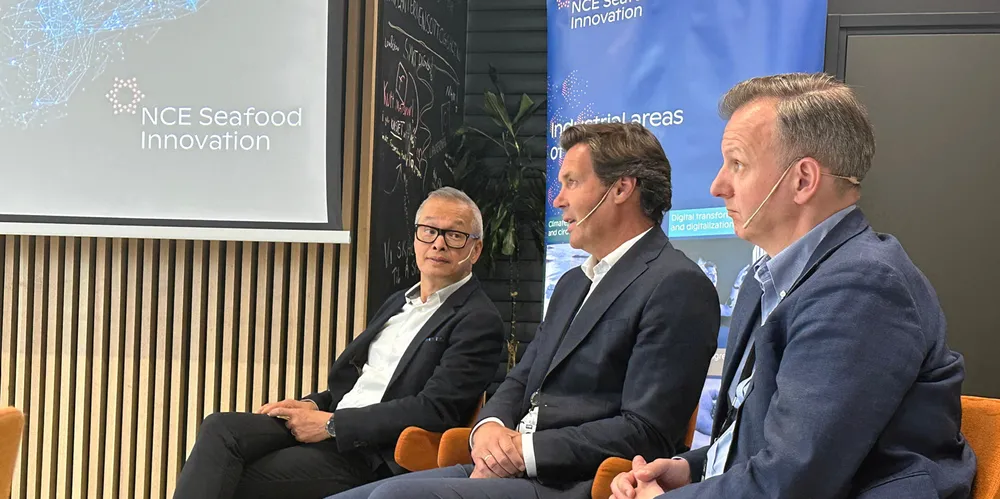Leroy Seafood CEO: Data sharing will be key to growing salmon farming industry
If the industry is to grow salmon production, Beltestad believes that data sharing and collaboration within the sector is vital.

If the industry is to grow salmon production, Beltestad believes that data sharing and collaboration within the sector is vital.
